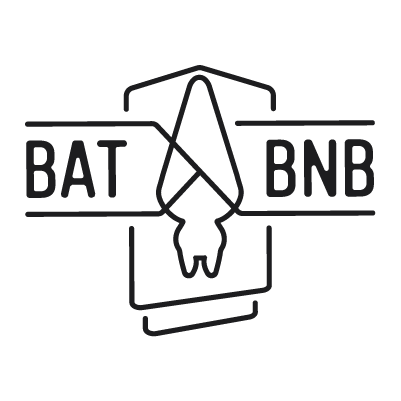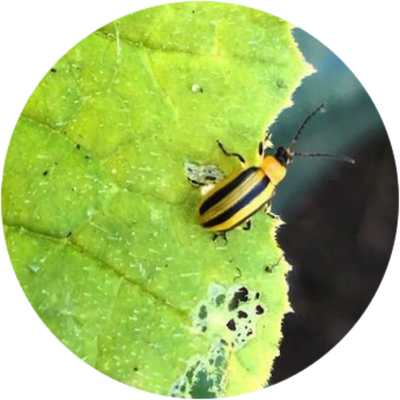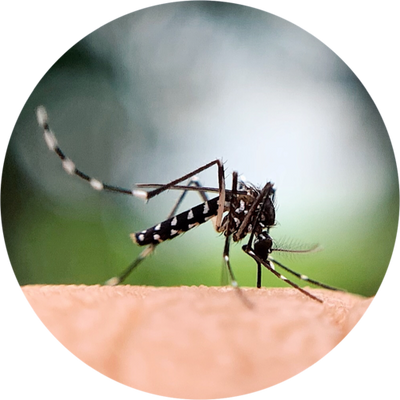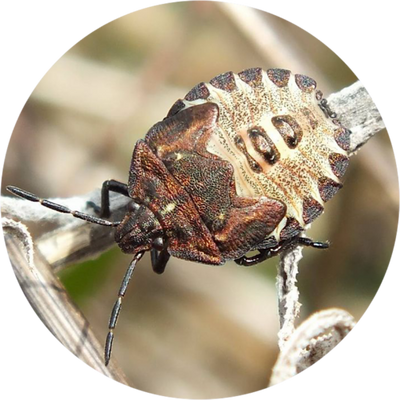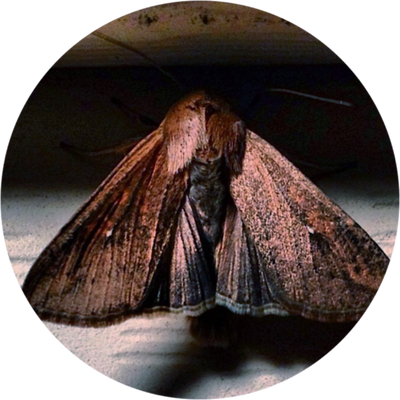Merlin has been studying bats since 1959 and is respected
as one of the top global authorities on all things bats. He
has saved millions of bats and has educated a countless
number of people on the value of these animals. BatBnB is
proud to both work with him and support his work!
BROUGHT TO YOU BY BATBNB & MERLIN TUTTLE
Education Zone
BAT EDUCATION RESOURCES FOR TEACHERS & PARENTS
Teach about the importance of these fascinating creatures and helpdispel the myths about them. This curriculum is intended for K-3 kiddos.
BATS NEED OUR HELP NOW MORE THAN EVER
More than half of the bat species in the United States are in severe decline. Loss of roosting habitat is one of the leading causes of population loss. Carelessly operated wind turbines and a fungal disease known as white-nose syndrome have also killed millions. Mother bats only have 1 pup (baby bat) a year, which is why it’s so important to keep them safe and help them recover their population. Your BatBnB will help bats resistant to white-nose syndrome rebuild healthy populations.

ROOsT LOSS

WHITE NOSE SYNDROME

WIND TURBINES
LEARN TO RESPECT BATS, NOT FEAR THEM!
BATS ARE NOT PETS!
Rabies transmission from bats to humans is rare, with just 1-2 cases per year in the U.S. and Canada combined. Most of the few cases that occur are from an individual who carelessly handled a sick bat they found on the ground. Just remember, bats aren’t pets and you shouldn't ever attempt to handle them. Since even sick bats rarely bite unless handled, for anyone who simply leaves them alone, the odds of harm are extremely remote. Any bite by an unfamiliar animal should receive immediate medical evaluation.
WHAT ABOUT VAMPIRE BATS?!
Vampire bats are only native to South and Central America, and they primarily feed on cattle, not people. Despite what Bram Stoker might have led you to believe, vampire bats are mostly harmless to humans and they do not roost in bat houses.
BATS BRING GREAT VALUE TO OUR ECOSYSTEM!
Bats safeguard our health by reducing dependence on dangerous pesticides and by consuming disease-carrying pests, including the mosquitoes that carry West Nile virus. Without large populations of bats to keep insects in check, pollinate flowers, and carry seeds, whole ecosystems upon which we ourselves depend could be seriously threatened. If we learn to respect bats and support them in habitat recovery, they’ll continue to recover and help us out in return by eating mosquitoes and pests!
WILL BATS FLY IN MY HAIR?
All your bat house roosting species only want to chase insects and will want to stay out of your way by whatever means possible. Bats are tiny and fear humans. Oh and remember, for the most part, they’re only active when you’re in bed, and when you’re out and about during the day, they’re snoozing away.
DID YOU KNOW...
Nearly 1,400 kinds of bats account for a fifth of all mammal species, ranging from tiny bumblebee bats weighing less than a U.S. penny to giant flying foxes with nearly six-foot wingspans. BatBnB works for the many bat-house roosting species which are all insectivorous, which means they only eat bugs.












WHAT ARE SOME COMMON BAT-HOUSE
ROOSTING SPECIES IN NORTH AMERICA?
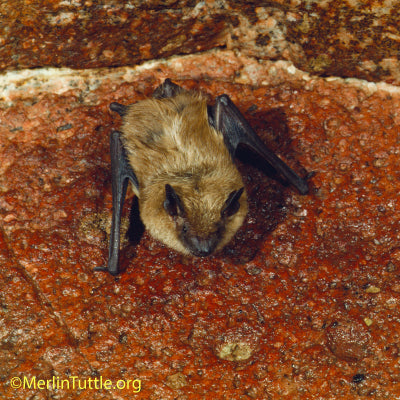
BIG BROWN BAT
These copper-colored bats are resilient and cold-hardy, which has helped them become common across North America. A small colony from a bat house once caught enough cucumber beetles in a summer to prevent them from laying over 33 million rootworm eggs.

MEXICAN FREE-TAIled BAT
The largest colonies live in limestone caves, but smaller colonies frequently live in bat houses. Their diet includes a wide variety of America's most costly crop and yard pests, including corn earworm and armyworm moths. Most free-tails migrate south to over-winter in Mexico and Central America.

LITTLE BROWN BAT
This species loves bat houses, and they’ll typically travel locally to the nearest suitable cave or abandoned mine for hibernation. Little brown bats have been heavily impacted by white-nose syndrome, resulting in this once-abundant species becoming less common throughout much of its eastern range.

EVENING BAT
Evening bats get their name from being one of the first bat species to emerge and go hunting for insects at night. Early bat catches the bug! They are true forest bats and are rarely found in caves. They are found from Wisconsin to Mexico in eastern North America. Most evening bats migrate south in fall.

WHERE DO BATS LIVE IN THE WINTER?
Some bats migrate south, and it’s not unheard of for a few to choose to stay in a BatBnB over winter in southern states. However, most migrate to a cave or abandoned mine in the fall where they hibernate till spring. Big brown bats, and several other species, have special adaptations permitting them to survive sub-freezing body temperatures. During hibernation, their breathing slows down until its imperceptible and their heart rate drops to just 25 beats per minute, compared to roughly 400 beats per minute when they are awake! It's important that they not be disturbed during hibernation, as forced arousals can cost them more than a month's worth of stored fat, potentially causing starvation before spring.
